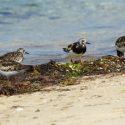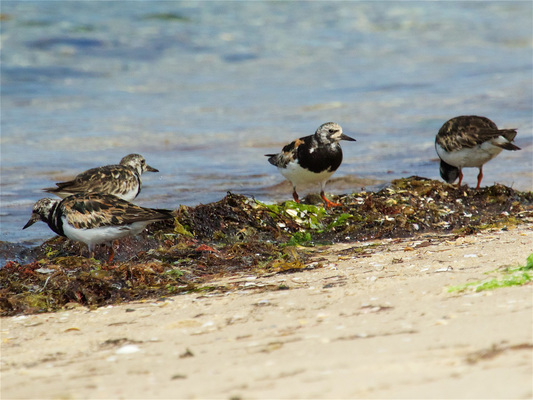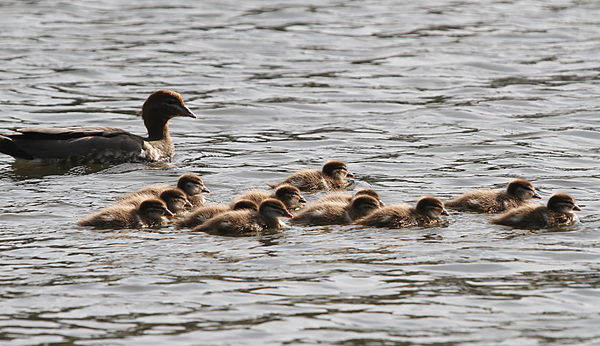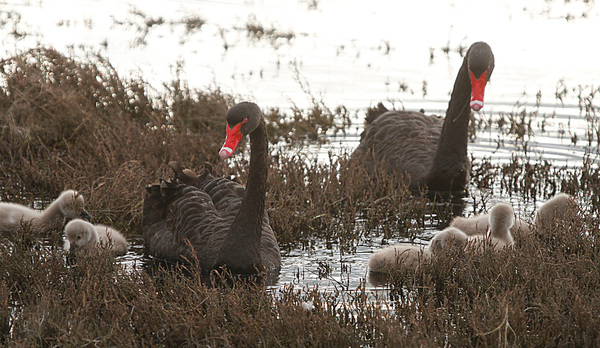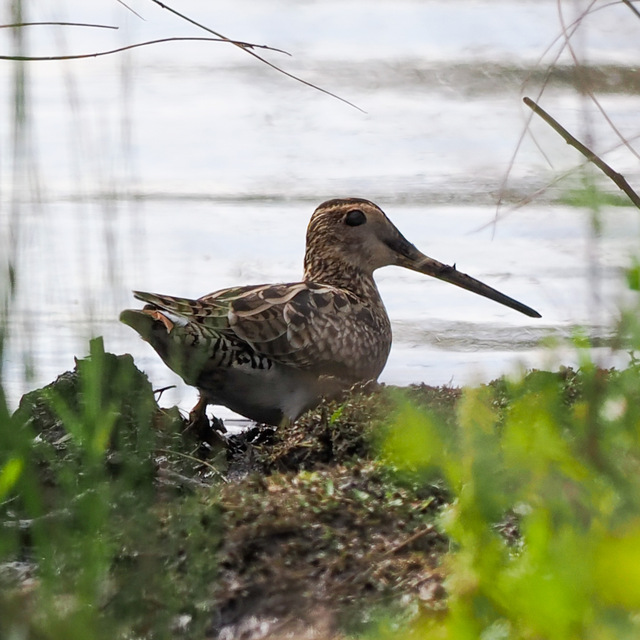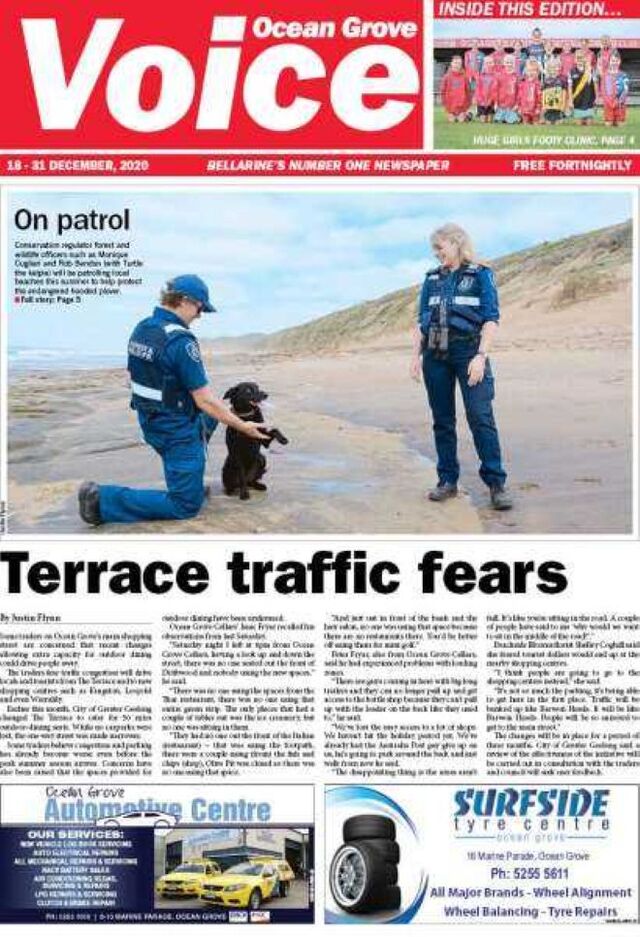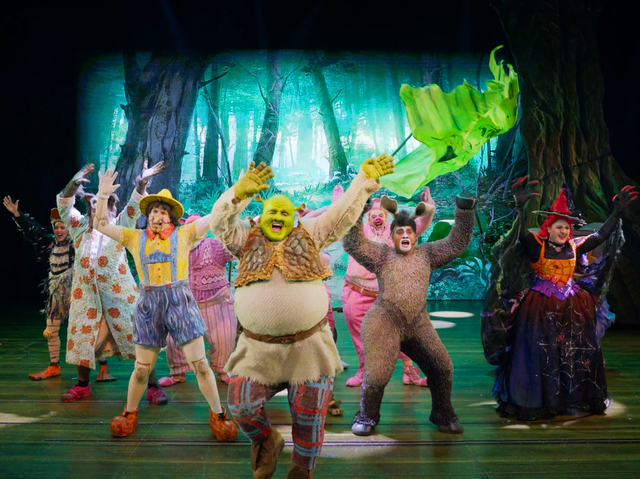IN the last edition of ‘The Voice’, I stated that we still needed more rain despite the wet weather that we experienced in August.
I got my wish with an incredibly soggy start to September, and it’s great to see so much water in Lake Connewarre just next to the Barwon Heads Road.
Driving home from an afternoon shift one night and I saw an eastern barn owl fly across the Barwon Heads Road just near the Belmont Common area, so it’s not just the ducks and swamphens that are enjoying the water deluge.
Speaking of owls I was driving my daughter and her friend home from a debutante ball along Grubb Road, just near the large farm dam between Drysdale and Ocean Grove, when the three of us saw a boobook owl eating something by the side of the road. I was so excited, as I’d never seen a boobook except in sanctuaries and also sadly deceased by the side of the road, but this one was well and truly alive. I did a U-turn when it was safe to do so, as I had my trusty camera in the boot, but by the time I went back to the area it has disappeared into the night.
I’ve been spotting quite a few nests as I wander around. I saw an Australian wood duck family at Blue Waters Lake in Ocean Grove, with 12 ducklings, which is a mighty big family to look after. I’ve seen numerous black swan families with their beautiful cygnets. I’ve seen one magnificent tawny frogmouth sitting on a nest, so I look forward to seeing the offspring soon. The rain unfortunately resulted in both Australasian grebe nests at Blue Waters Lake being covered in water, which is such bad luck for the parent birds. I hope they build more nests soon.
I remember listening to the radio a few years ago and a lady rang up and stated that all superb fairy wrens, both male and female, are all brown in colour for most of the year except in the breeding season.
I thought at the time that male fairy wrens seem to have their breeding plumage for most of the year, and even in winter there are males around who have the glorious bright-blue breeding feathers around their forehead, ear coverts, mantle and tail, Apparently immature males moult into breeding plumage the first breeding season after hatching.
I was walking on the north track of the Ocean Grove Nature Reserve last week and I saw a young male wren with the first stages of breeding plumage appearing. Supposedly it takes a few moults for the male wrens to perfect their feather colouration, so this young bird might not attract the ’chicks’ for a while until he has mature breeding plumage! Good luck to him!
At the Ocean Grove Nature Reserve I saw one lone female flame robin still hanging around, but no males to be seen. The flame robins return to mountainous areas or to Tasmania once the weather starts to warm up, so I was surprised to still see one solitary robin hanging around.
It was the first Latham’s Snipe Count for the year last Saturday, so I went to Blue Waters Lake to see if I could see some new arrivals from Japan, and I counted zero. Apparently there are a few Latham’s Snipe at Begola Wetlands, but I haven’t seen any myself.
This week I received an email from Kevin, who saw a flock of eight ruddy turnstones at St Leonards Pier. These migratory shorebirds have the record of the world’s most northerly breeding shorebird, as they fly from the Arctic across the Pacific to Australia. These shorebirds are just amazing. Thanks Kevin for your photo and observation, it’s much appreciated.
If you are looking to partake in some organised bird watching activities you can access the calendar of events organised by the Bellarine Birdlife Group at birdlife.org.au/locations/birdlife-bellarine-peninsula
– Jen Carr, Jennifer.carr6@bigpond.com

